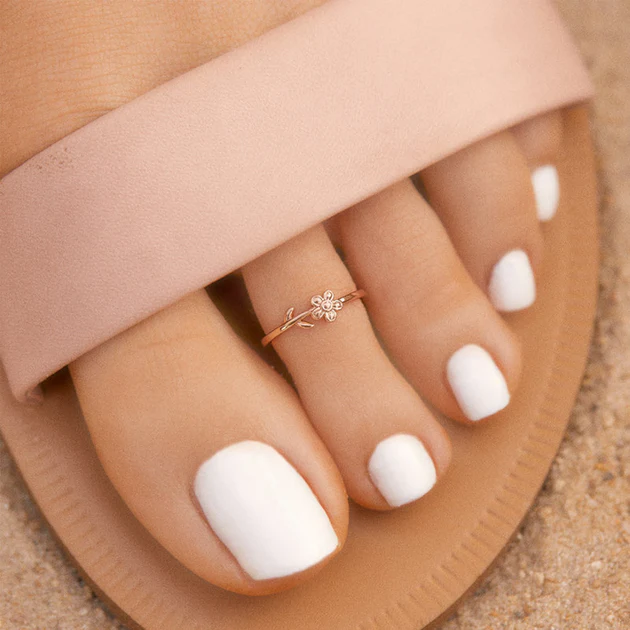
Piercing Aftercare: Unveiling the LITHA Method
Table of Contents
Effective aftercare is crucial for a positive piercing experience, considering the procedure essentially inflicts a puncture wound on the body.
While the outcome of adorning one’s body with piercings is gratifying, maintaining their well-being demands constant attention.
However, there’s an alternative method that challenges the norm – the LITHA method, an acronym for “Leave It The Hell Alone.”
Saline or salt soaks and warm showers are valuable for maintaining cleanliness, but excessive interference can lead to dryness, resulting in itching, flakiness, or redness around the piercing sites.
The LITHA method advocates minimal intervention; once pierced, it encourages individuals to refrain from touching, poking, or adjusting the piercing. Simply put, hands off!
While some staunchly adhere to the LITHA method, others consider it a flexible guideline.
This doesn’t mean completely neglecting the piercing; it allows for gentle practices such as letting water run over it during showers or using a salt soak to alleviate any crust formation.
It’s important to note that professional piercers prescribe specific aftercare methods, and adherence to their guidance is paramount.
If the LITHA method intrigues you, discuss it with your piercer during an in-person session at the studio.

Why choose the LITHA method?
Despite saline soaks being a generally safe aftercare method, excessive cleaning can hinder the healing process. Moreover, good intentions often lead to unnecessary touching, poking, or prodding of healing piercings, which can be counterproductive.
While clearing away crusts may seem like a hygiene practice, it can inadvertently cause damage to the delicate cells and extend the recovery period.
The LITHA method discourages aggressive cleaning, emphasizing the body’s natural mechanisms. The so-called “crusties” are actually lymph fluid or blood, serving as natural barriers against bacterial invaders and debris. Preserving these barriers is crucial for safeguarding the piercing site.
Additional tips for practicing the LITHA method:
- Avoid harsh chemicals or essential oils on healing piercings, including alcohol, hydrogen peroxide, Bactine, triclosan-containing products, and essential oils like tea tree oil.
- Stick to saline/salt soaks and warm showers for topical care, but refrain from spraying the piercing directly with a jet of water – let it glide gently over the piercing.
- Minimize pressure or stress on piercings, especially while sleeping. Consider getting a piercing on the opposite side of your preferred sleeping position or invest in a travel donut pillow.
- Disregard the myth of spinning piercings for healing benefits; it can damage new cells and prolong the healing process, causing increased pain and irritation.




